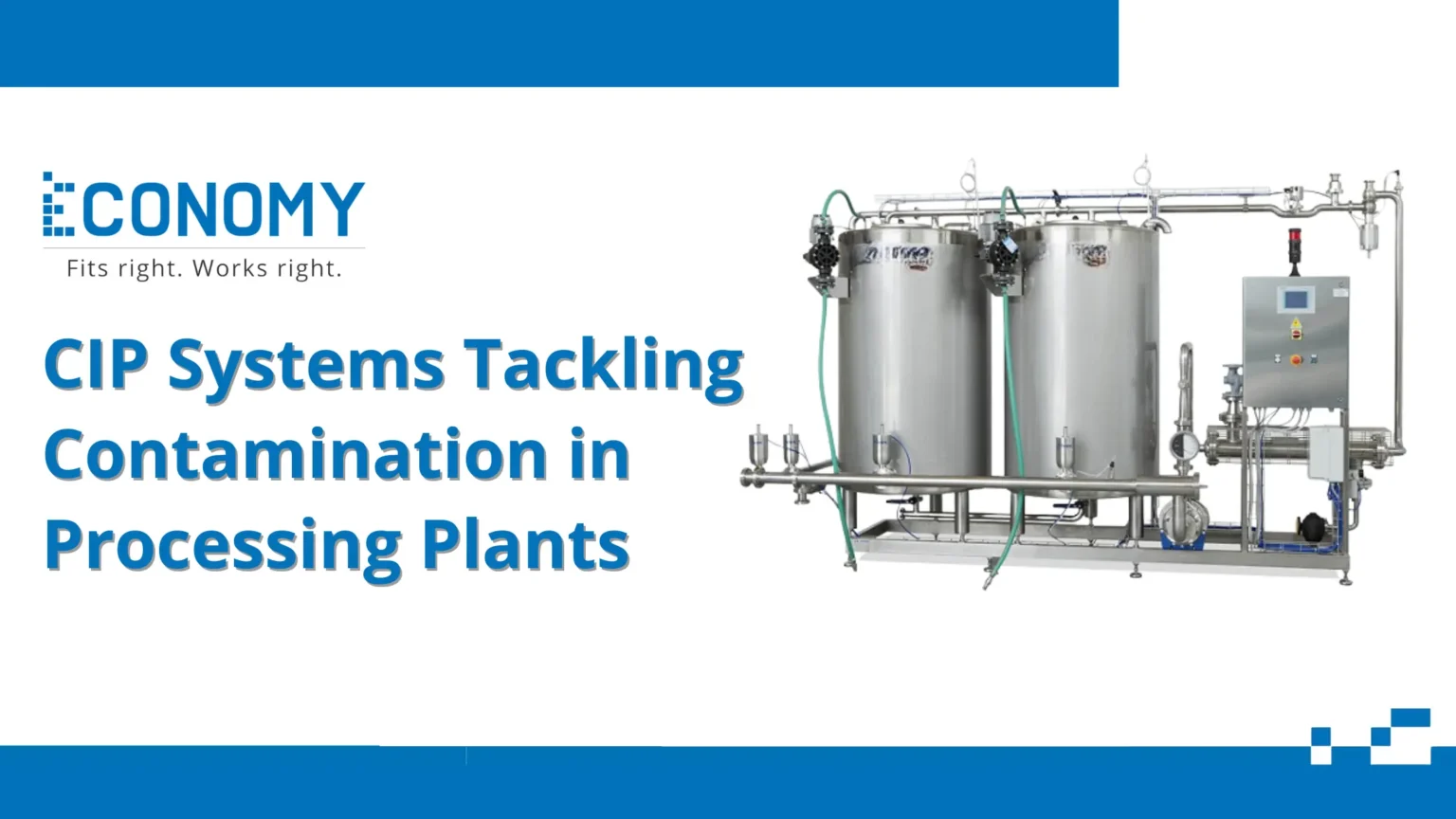Introduction To Clean-In-Place (Cip) Systems
In the realm of industrial processing, cleanliness and hygiene are paramount for ensuring the quality and safety of products, particularly in sectors like food and beverage, pharmaceuticals, and cosmetics. Clean-in-Place (CIP) systems have emerged as a vital technology to meet these stringent standards. CIP systems enable efficient and effective cleaning of interior surfaces of equipment without necessitating their disassembly. This innovation not only saves valuable time but also significantly reduces labor costs associated with manual cleaning.
The origins of CIP date back to the mid-20th century when industries began to recognize the need for more consistent and reliable methods to maintain sanitary conditions within processing environments. Traditional cleaning methods often involved dismantling equipment, which increased downtime and risked contamination during reassembly. CIP revolutionized this process by allowing automated cleaning cycles that could be precisely controlled and monitored.
How Cip Systems Work: An Overview
Clean-in-place (CIP) systems are integral to industrial processing, ensuring that machinery and pipelines remain free of contaminants without the need for disassembly. These systems operate through a series of meticulously controlled steps that automate the cleaning process, maintaining hygienic conditions essential for product quality and safety.
At the heart of a CIP system is a complex network of tanks, pumps, valves, and instrumentation designed to circulate cleaning solutions through equipment. The process begins with an initial rinse using water to remove loose debris and residues from the internal surfaces. This is followed by the introduction of a detergent solution, which is selected based on the nature of the residue—be it organic matter like fats and proteins or inorganic deposits like scale.
The Importance Of Hygiene In Industrial Processing
Hygiene in industrial processing is not merely a regulatory box to be checked; it is a foundational element that ensures product quality, safety, and operational efficiency. In industries ranging from food and beverage to pharmaceuticals, the importance of maintaining impeccable hygiene standards cannot be overstated. Contaminants such as bacteria, residues, and allergens can compromise entire production batches, leading to significant financial losses and potential health risks for consumers.
Therefore, stringent sanitation protocols are imperative to uphold the integrity of the final product.
Clean-in-place (CIP) systems play an indispensable role in this context by automating the cleaning process for equipment without necessitating disassembly. This not only minimizes downtime but also ensures consistent and thorough cleaning cycles that meet stringent hygiene standards. CIP systems utilize precise chemical dosing, temperature control, and flow dynamics to remove contaminants effectively from internal surfaces of pipes, vessels, and machinery.
Benefits Of Implementing Cip Systems
Implementing Clean-in-Place (CIP) systems in industrial processing offers a multitude of benefits that significantly enhance operational efficiency, product quality, and regulatory compliance. One of the paramount advantages is the minimization of downtime associated with manual cleaning processes. CIP systems are designed to clean the interior surfaces of pipes, vessels, equipment, and related fittings without disassembly, which means production lines can be swiftly transitioned between batches or shifts with minimal interruption.
This not only boosts productivity but also optimizes labor utilization by reducing the need for manual intervention.
Another critical benefits of CIP Systems in Processing Plants is the consistency and reliability CIP systems provide in maintaining hygiene standards. Unlike manual cleaning methods that can vary significantly based on human factors, CIP systems deliver reproducible cleaning cycles that ensure every nook and cranny is thoroughly sanitized. This consistency is vital in industries such as food and beverage manufacturing, pharmaceuticals, and biotechnology where stringent hygiene standards are non-negotiable.
Challenges And Solutions In Cip System Integration
Integrating Clean-In-Place (CIP) systems into industrial processing environments poses several challenges that necessitate a well-thought-out approach to ensure efficiency and compliance with stringent hygiene standards. One primary challenge is the customization required for different types of equipment and processes. Each industry—whether it be food and beverage, pharmaceuticals, or cosmetics—has unique requirements that demand tailored CIP solutions to effectively remove residues without damaging the machinery or compromising product quality.
Another significant hurdle is ensuring system compatibility with existing infrastructure. Older facilities may not have been designed with CIP systems in mind, requiring substantial retrofitting efforts. This can include updating piping layouts, installing additional sensors for monitoring cleaning effectiveness, and integrating advanced control systems to automate the cleaning cycles. The downtime associated with these upgrades can be costly, making careful planning and phased implementation crucial.
Future Trends In Cip Technology And Innovation
As industries continue to evolve, the future of Clean-In-Place (CIP) systems is poised to undergo significant transformations driven by technological advancements and increasing demands for efficiency, sustainability, and compliance. One of the key trends in CIP technology is the integration of automation and smart technologies. The advent of Industry 4.0 has paved the way for CIP systems that can be monitored and controlled remotely through Internet of Things (IoT) devices and advanced software platforms.
These smart systems not only enhance operational efficiency but also allow for predictive maintenance, reducing downtime and extending equipment lifespan.


